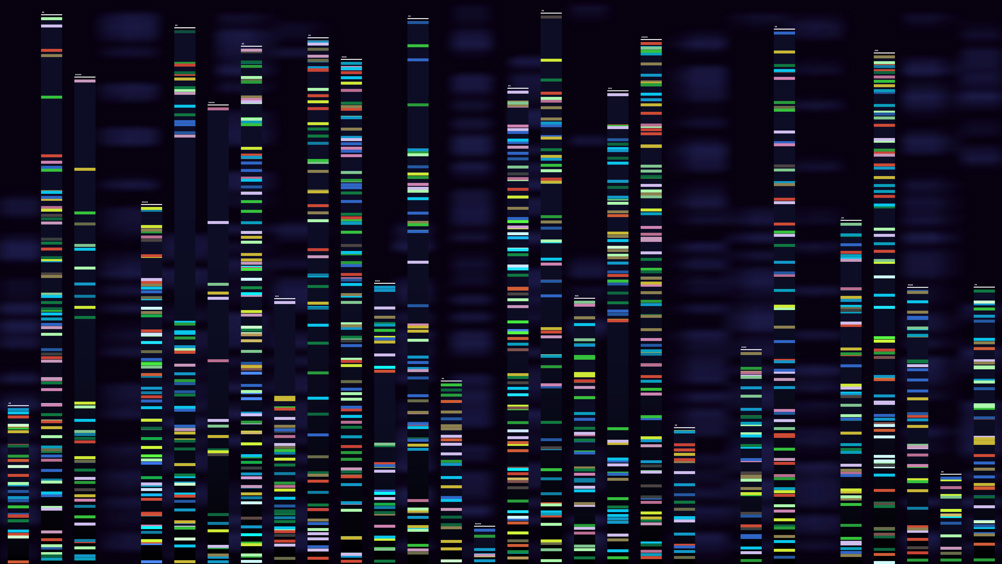Genetics can play a bigger role in breeding out lameness

Abstract
Introduction:
Good husbandry, environment and nutrition all play a part in the fight against dairy cow lameness, but new research has found genetics has a bigger role than was previously thought.
The fight against dairy cow lameness includes good husbandry, environment and nutrition. But new research has found genetics has a bigger role than was previously thought.
The research, carried out by the University of Liverpool, Scotland's Rural College and the Royal Veterinary College, shows that the UK's genetic index for lameness – Agriculture and Horticulture Development Board (AHDB)'s lameness advantage – can have a significant effect on eradicating the condition (10.1002/vetr.1632).
It does this by reducing the tendency of cows to have the various causes of lameness, particularly sole ulcers and sole haemorrhage or bruising.
‘Many existing studies have shown the heritability of lameness to be between 1% and 20%,’ says University of Liverpool professor of cattle health and welfare Georgios Oikonomou, a cosupervisor of this Biotechnology and Biological Sciences Research Council initiative.
These low estimates – also sometimes expressed as 0.01–0.20 – have raised doubts about how quickly and efficiently farmers could make improvements in lameness through breeding.
Register now to continue reading
Thank you for visiting UK-VET Companion Animal and reading some of our peer-reviewed content for veterinary professionals. To continue reading this article, please register today.

